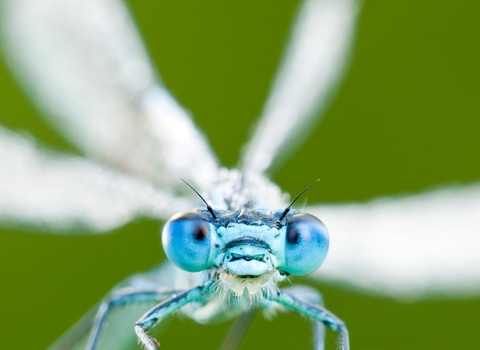Five Acres
Five Acres
Location
Know before you go
Dogs
When to visit
Opening times
Open all year.Best time to visit
April to AugustAbout the reserve
Before being planted with conifers in the late 1970s, the woodland area of the reserve was used for farming. Since taking ownership of Five Acres, Cornwall Wildlife Trust has created several ponds, gradually thinned the conifers, and encouraged broadleaved trees and native scrub to improve its value for wildlife.
It’s now home to – or visited by – an array of bird species, including, song thrush, tawny owl, nuthatch, goldcrest, sparrowhawk and bullfinch.
Part of the reserve, Allet Bog, has Site of Special Scientific Interest (SSSI) designated status and is an excellent example of Southern Atlantic wet heath, characterized by its Dorset heath (a nationally rare plant species).
Other notable flora include bog pimpernel devil’s bit scabious and crossed-leaved heath. Otters have been recorded at the site.
Finally, there is a wildflower meadow at the reserve, which bursts into a riot of colour in spring and early summer. Southern marsh orchid, meadow buttercup, bird’s foot trefoil, common knapweed, selfheal, common sorrel, oxeye daisy, yellow bartsia, and yellow rattle are all found here.
Left as a gift in a Will to Cornwall Wildlife Trust by Dr. George Allsop (one of our co-founders) and his wife, Five Acres became the Trust’s headquarters in 1989. Find out more about gifts in Wills here.
The buildings on the site are used by staff, volunteers and visitors. It is also the home of both The Environmental Records Centre for Cornwall and the Isles of Scilly (ERCCIS) and Cornwall Environmental Consultants CEC.
ERCCIS gathers biological and geological data to help improve the understanding of our natural environment, while CEC provides ecology and landscape solutions for local businesses.







